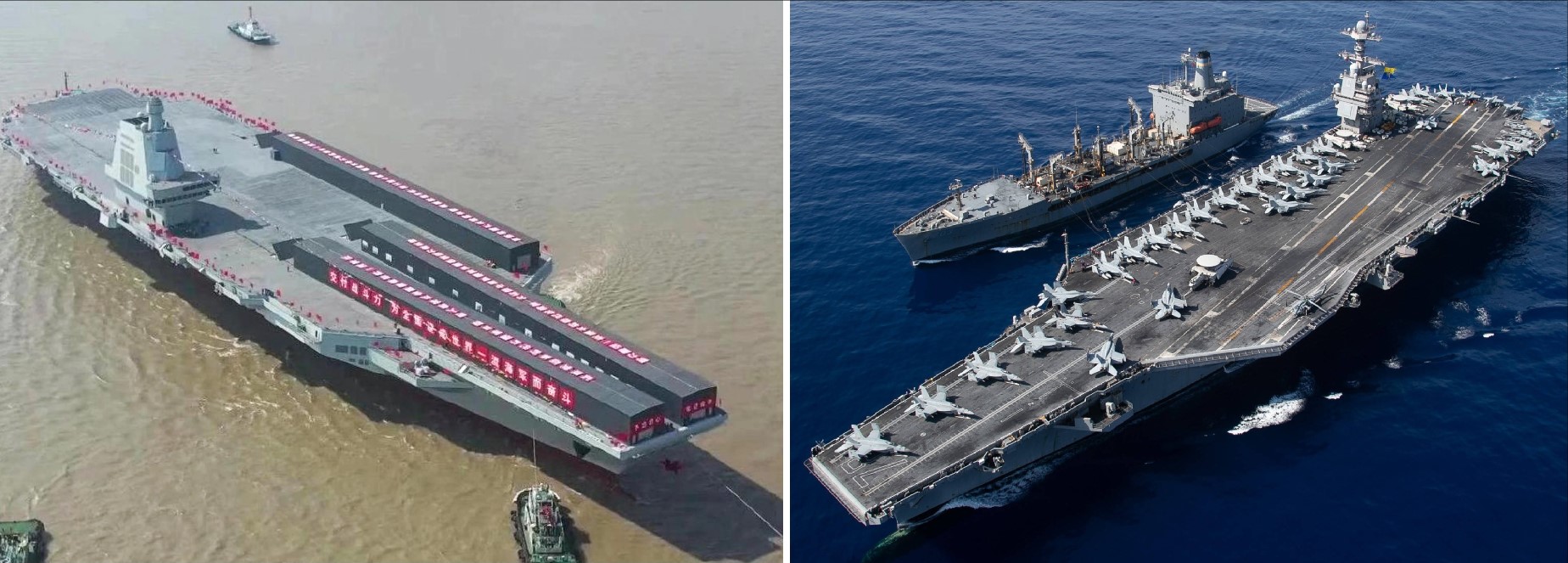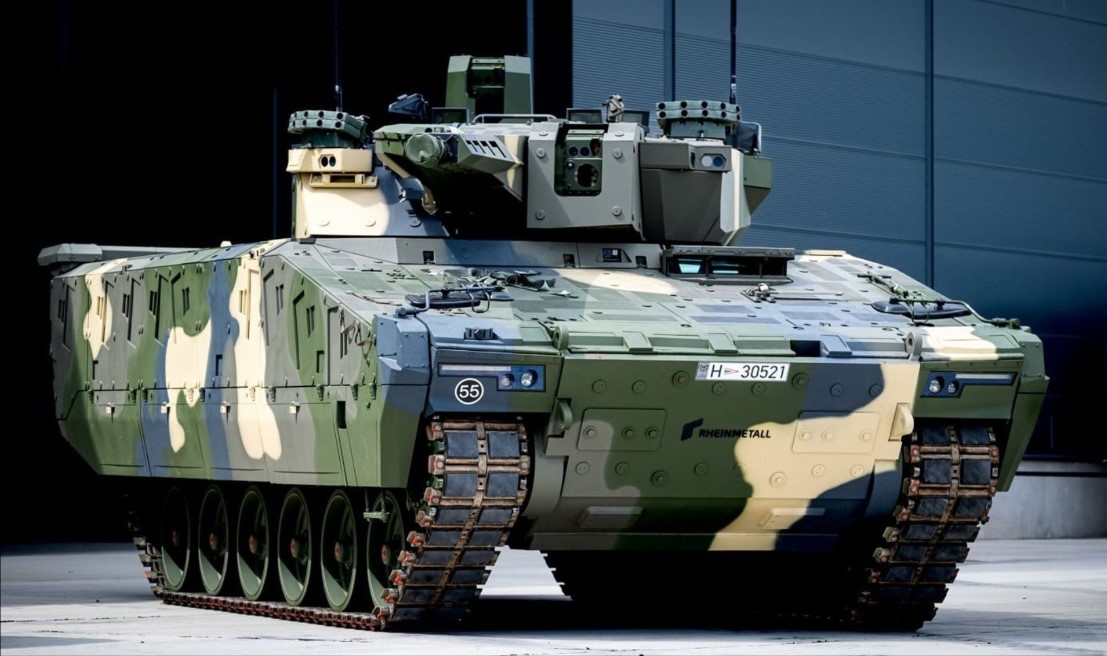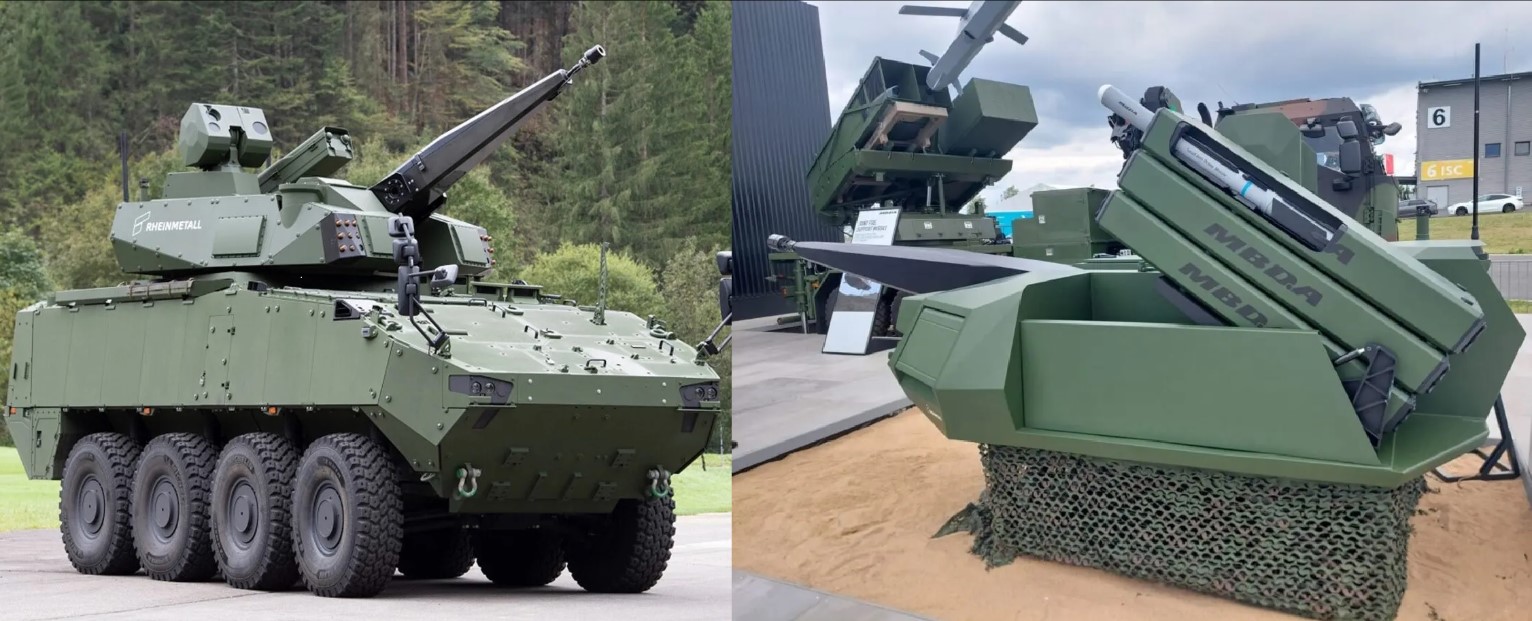Indian Navy Greenlights Mazagon Dock to Build Six Submarines Worth ₹60,000 Crore in Collaboration with Germany's ThyssenKrupp

In a significant stride towards strengthening its naval capabilities, the Indian Navy has given its approval to Mazagon Dock Limited (MDL), a state-owned shipbuilder, to construct six cutting-edge submarines under the ambitious Project 75 India. The project, which is estimated to be worth ₹60,000 crore, is a key part of India's strategy to bolster its presence in the Indian Ocean, particularly in light of increasing activity from China and Pakistan in the region.
Project 75 India: A Major Leap in Submarine Technology
The decision to select MDL for this crucial project comes on the heels of successful trials under Project 75 India, a program that aims to modernize India's submarine fleet with advanced diesel-electric attack submarines. A defining feature of these submarines will be the integration of Air-Independent Propulsion (AIP) technology, which allows submarines to remain submerged for extended periods without the need to surface. This capability is vital for enhancing stealth operations, making the submarines harder to detect by enemy forces.
German Collaboration: A Winning Partnership
MDL will be working closely with Germany's ThyssenKrupp Marine Systems (TKMS) on this project. TKMS is known for its expertise in submarine technology, particularly in the development of AIP systems. This partnership proved to be a decisive factor in MDL's selection, especially after their competitor, Spain's Navantia, failed to meet the Indian Navy's stringent requirements for a proven AIP system.
Navantia's Setback: A Cautionary Tale
Navantia's bid was hampered by its inability to offer a sea-proven AIP system, a critical requirement for the Indian Navy. Although Navantia had successfully conducted land-based trials of its AIP technology, the lack of an operational deployment on submarines until 2025 put them at a disadvantage. This gap allowed TKMS to demonstrate its proven capabilities, giving MDL and Germany the edge in the selection process.
Strategic Importance
The development of these six submarines is not just a technological advancement but also a strategic necessity. The Indian Ocean Region has become a hotspot for naval activity, and the induction of these advanced submarines will significantly enhance India's deterrence capabilities. Additionally, the project aligns with the Indian government's broader focus on boosting public sector undertakings (PSUs) like MDL, which plays a vital role in job creation and indigenous technology development.
India’s Broader Naval Ambitions
While Project 75 India focuses on conventional submarines, India is also advancing its nuclear submarine capabilities. The imminent commissioning of the INS Arighat, the country's second nuclear-powered ballistic missile submarine (SSBN), highlights India's growing prowess in underwater warfare. The INS Arighat, which is currently undergoing final trials and upgrades, is expected to be inducted into service within the next two months, further strengthening India's strategic deterrence.
The approval of MDL to build six submarines in collaboration with Germany's ThyssenKrupp marks a significant milestone in India's naval modernization efforts. This project not only enhances India's maritime security but also reinforces the country’s commitment to developing advanced defense technologies indigenously, in collaboration with global leaders like TKMS. As India continues to navigate the complex dynamics of the Indian Ocean Region, these new submarines will play a crucial role in maintaining a strategic advantage.
This development underlines India's resolve to safeguard its interests in the increasingly contested waters of the Indian Ocean, ensuring that the nation remains a formidable maritime power in the years to come.
✍️ This article is written by the team of The Defense News.






